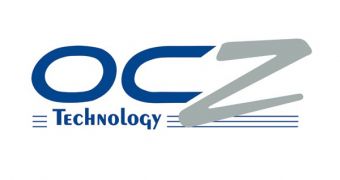While solid state drives may already be fast and reliable, OCZ decided it could improve things, using, in this case, a software-based solution instead of an architectural, hardware one.
As end-users know, semiconductor manufacturing processes have been evolving, at a fairly rapid pace even.
This led to NAND Flash memory chips built on smaller manufacturing nodes, but this brought about a decrease in reliability, compared to less thin, older technologies.
The 20nm-class are the ones currently raising the most question marks, so OCZ decided to do something about it.
Granted, what it unveiled is, in fact, a technology from Indilinx and is a special firmware that does several things.
For one, by means of Indilinx's Ndurance technology, it implements wear-leveling algorithms, advanced over provisioning and reduced write amplification.
Another feature is the HyperQueuing, which boosts random IOPS and sequential write speeds, while a third component, INXtend technology, extends lifespan.
The technology is called Arowana Flash Translation Layer (FTL) and makes 20nm-class NAND Indilinx-enabled SSDs more cost-effective and, overall, better.
"We are always driving to add more value for our clients, and the exciting new Arowana Flash Translation Layer delivers both major performance and feature-set enhancements,” said Daryl Lang, vice president of product management at OCZ Technology Group.
“Arowana not only boosts IOPS performance by up to 500%, but does so with the support of the industry's latest 20nm-class flash technology, making Indilinx solutions now more competitive than ever.”
Of course, an alternative to coming up with technologies meant to offset the drawbacks of smaller process nodes would be to just use older, larger processes.
Unfortunately, companies have to move to 2xnm and below because it is essential in the ongoing struggle to make SSDs affordable.
Of course, SandForce SSDs like those from A-Data and Corsair will (probably) retain their performance supremacy, but they are also quite expensive, so the new firmware will give OCZ's Indilinx an arguably much needed edge.

 14 DAY TRIAL //
14 DAY TRIAL //